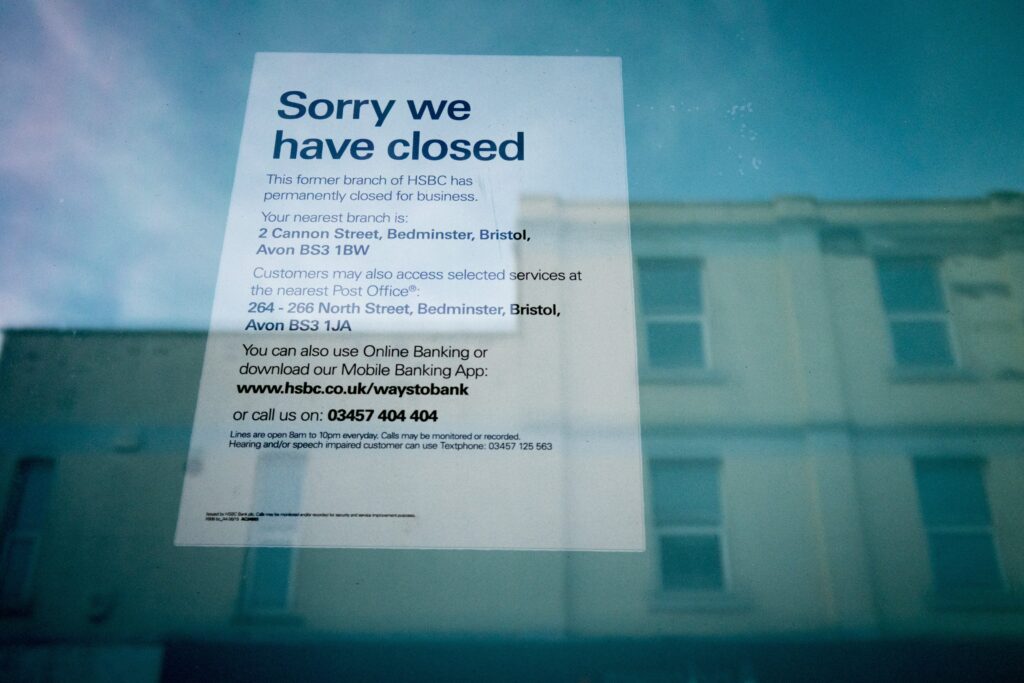I was asked to comment on Open Banking by a journalist working with the Institute of Chartered Accountants. This is a brief transcript of that conversation. Interestingly, we’ve also had contact this afternoon from a business looking to do EXACTLY what we’ve suggested in question 4… great minds and all that.
Open Banking has been called the revolution that never was, with few consumers knowing about it – why has it been so slow to emerge?
That’s a tricky question. As a customer experience professional, I don’t believe consumers really know what Open banking is. The principles of Open Banking, and the name itself, are around allowing accounts to be accessed not ONLY through the account holding bank’s apps and websites. That in itself isn’t exciting. It’s technologically complex and has eaten untold budgets across the major high-street banks, but for consumers that doesn’t convey much of a benefit. The benefits are around what’s POSSIBLE through open banking – true visibility of your finances, allowing for best planning, product choice, account switching, and ALL to the best benefit of the customer and brand agnostic. That opens the door for infinitely flexible money management and budgeting across every aspect of your life. Automatic mortgage switching, maximising your pension, allowing you to put away money for your summer holiday in the most effective way AND purchase the holiday at the best price. This is the promise of open banking. Right now, we’re at the point where most banks have added an ‘add an account from another bank’ button and that’s about it. As such, there’s not much customer benefit to shout about. Yet.
Fintech apps that help users budget and save seem to be the main beneficiaries of Open Banking data sharing – is this a lack of ambition from the sector, or just initial progress?
There’s plenty of ambition in the sector. There have been good attempts to start to leverage the opportunities of open banking, but they’ve been fairly sporadic and often felt quite experimental. Yolt (from ING) has a stated aim to “To give everyone the power to be smart with their money.” That’s the promise of Open Banking, in a nutshell. With the agency I work for (Splendid) we worked with HSBC on a forward-thinking app called Connected Money. Again, this was primarily about money management and meeting the normal budgeting needs of most customers. So there’ve been plenty of experiments. HSBC have now discontinued the Connected Money app, in order to merge the features into the main mobile banking app. So that’s a good instance of initial progress. We’ve also worked with other banks on similar features, so the ambition within the sector is definitely there, and the need from a customer perspective, to be able to maximise their budget, has always existed.
Has Covid-19 accelerated the lending industry’s adoption of open banking and access to real-time data in a fast changing environment for individuals’ finances?
Most high-street banks and lenders have most likely seen an increase of usage of their digital platforms throughout Covid-19, for a couple of reasons. A) Physical factors – the inability/concerns around visiting a branch, B) volatility – many people have been financially affected by Covid-19, and therefore have had to interact with their budgets and financial planning in ways they previously wouldn’t have from month-to-month. We’ve also seen reduced branch hours and in fact the industry has been pushing towards a digital by default approach for years, so should be seizing this opportunity to optimise digital engagement with their customers. But not necessary in traditional ways. Providing stronger, better, more powerful budgeting assistance is what customer need. Not just the ability to add an HSBC account to a Barclays app. So identifying the real customer needs and responding to them is what’s required. I strongly believe that the first Financial Services provider (not necessarily a bank) to really meet these needs will take a pioneering role in changing customer mindsets around what a bank is and what they should expect from their financial institution. In many ways, customers have just kind of ‘accepted’ the offering from banks and it’s frankly miles behind other industries in terms of innovation and digital service. Enabling customers to see that vision and expect more from their bank is the first real step towards customers seeing the benefits of Open Banking.
What opportunities (and problems) lie ahead for Open Banking?
I think the opportunities are in enabling customers to become truly self-managing in their finances in the MOST informed way. Right now we’re all in charge of our own finances and budgets, and use a variety of tools and services to do so, whether that’s access to an IFA or putting spare change into a pot in the kitchen. We’re kind of using what’s available. Improving what’s available is where the opportunity is. And it’s very easy to see the customer-facing benefits of that. The challenge is that being truly open in terms of products is that that doesn’t best-serve the needs of the bank creating the app. So for instance, if I’m in my Barclays app and I’m ready to remortgage, what if the best mortgage option is with HSBC? Do Barclays want to recommend me that product? Therefore I think the challenges include customer retention, product aggregation, accuracy of data. With regard to opportunities, there’s an option to monetise the new, improved service. In effect, we’d be performing the role of an FA – something people pay for. In much the same way as ‘premier’ bank accounts exist right now, and come with a fee, the new services could to the same. So the opportunity is the ability to monetise valuable services which leverage the new-found understanding of the customers’ financial situation across all products and touchpoints.
